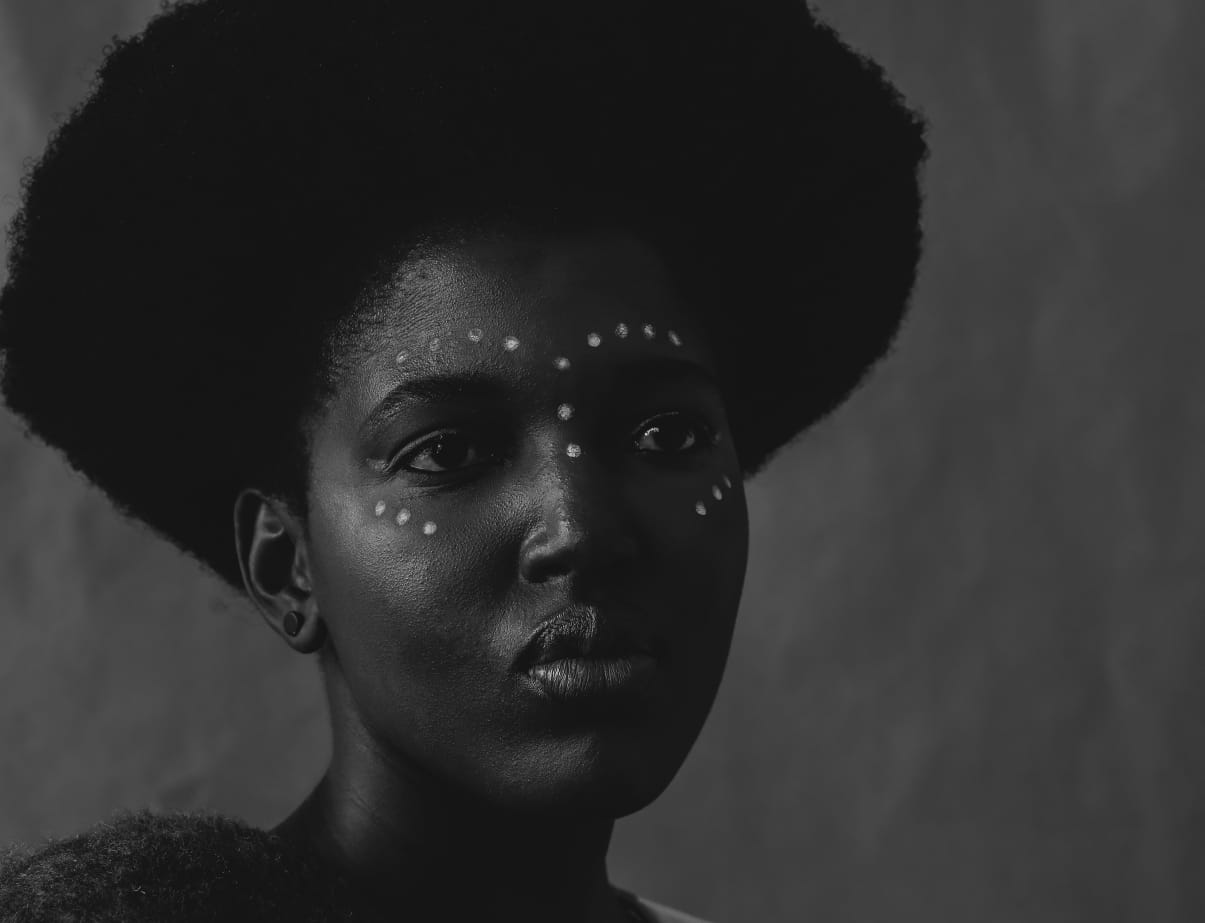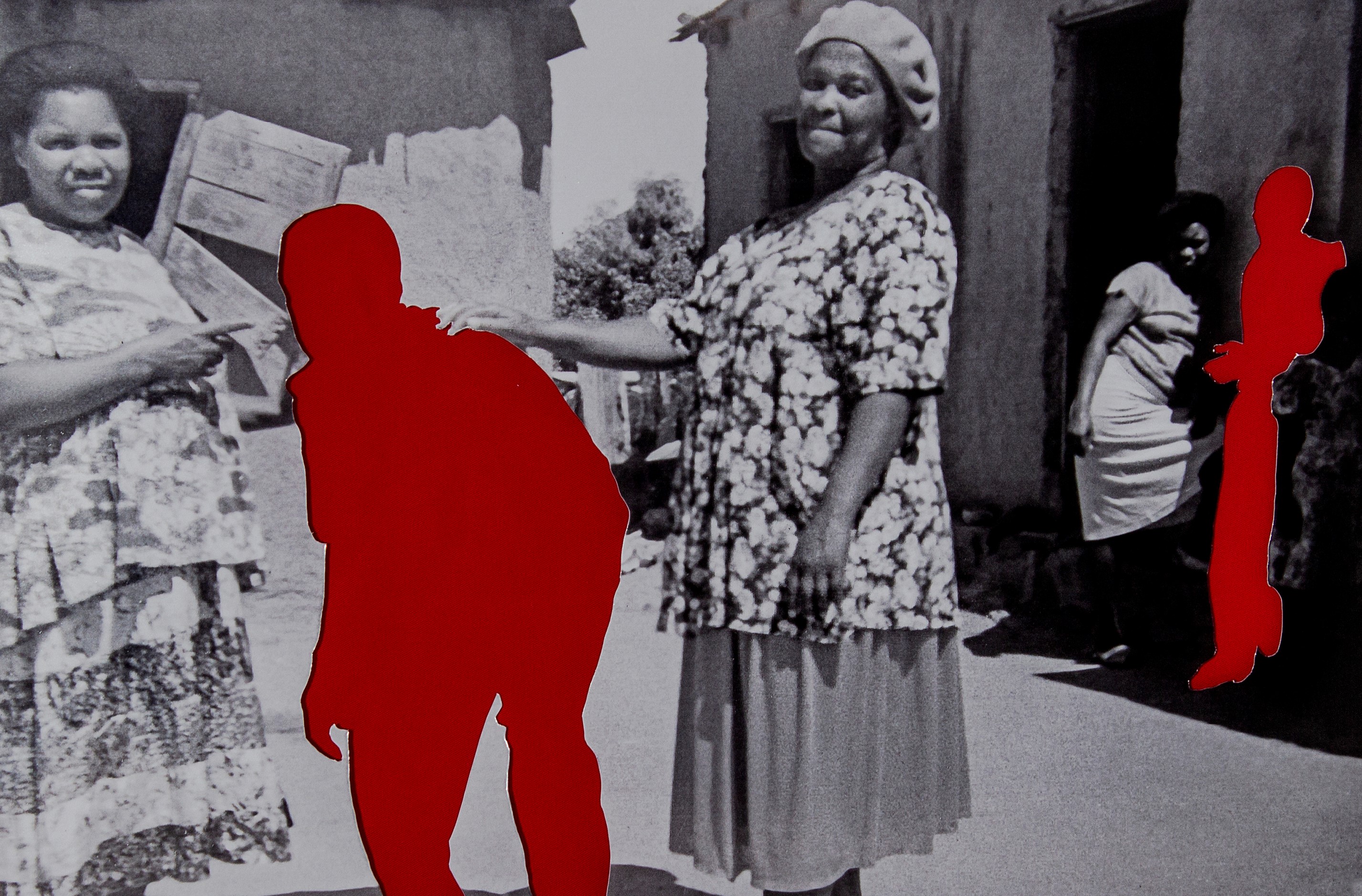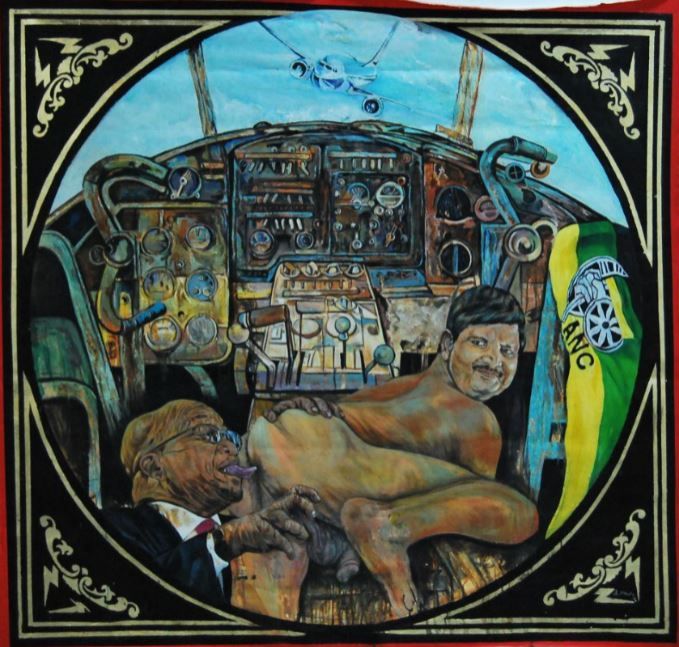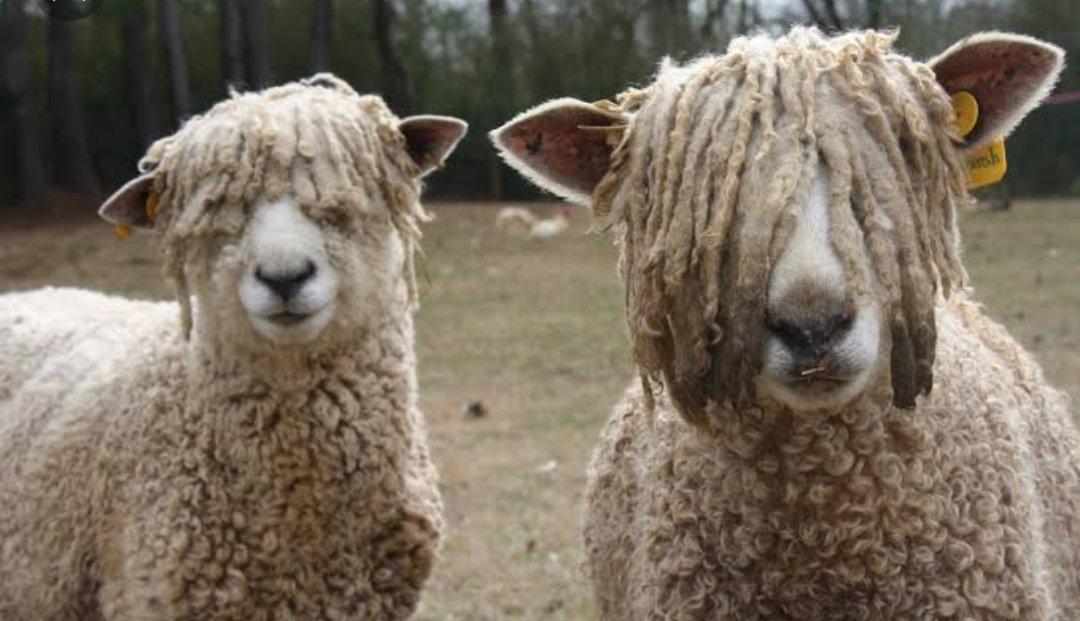As part of the Goethe-Institut's Young Curators Incubator 2022 programme, in partnership with the History of Art Department in the Wits School of the Arts, Umnyakazo is brought into the spotlight. Umnyakazo is an exhibition of select works by artist Thembinkosi Hlatshwayo, who will be working with curator and artist Luvuyo Equiano Nyawose. This exhibition presents some of Hlatshwayo’s works from their Slaghuis and Slaghuis II (2018 - 2019) series, which serve as an entry point to explore the notion of Umnyakazo in an attempt to expand/stretch this unique series.
Umnyakazo, which translates to movement (as in something is happening), embodies this, as a new body of work after Slaghuis and Slaghuis II (2019). It is a play on the notion of intersection, where Umnyakazo could be opposing things that are moving forward, or perhaps signaling that things are moving backwards, or bubbling up from underneath. Within this nexus, the mostly monochromatic prints hold this contention. There is a deliberate prodding of absence and presence: shadows, limb figures are framed in, out and beside window screens, while others appear as densely marked, on lived surfaces.
This body of work is presented through lithographic prints, wallpaper and newsprint across the space. These materials are tests for the artist to consider how photography can be experienced in a different way in order for it to create an exhibitionary affect. The display's materials also investigate how the medium relates to permanence. Through Hlatshwayo’s practice, marking and remarking are constant. The work is produced, marked by hand, and reproduced. This process of re-imaging is extrapolated in the unraveling series Umnyakazo, which uses discarded cell phone screens that Hlatshwayo has been collecting. These non-new surfaces carry memories and multiple encounters, which have been tempered with- and by time, space and the environment. Hlatshwayo creates lived-in windows to draw intersections between these marked surfaces and his experiences.
The process not only influenced the curatorial approach, but the creation aspect as well. Through the process, the hierarchies of curator/artist were blurred and and eventually dissolved into one, which presented a set of questions for us to think about. How will the incubator unfold? What is the potential of this preposition? How might these types of incubator conversations allow for different forms of creation and engagement?
Through Umnyakazo, we head towards a slight deviation. Perhaps we are heading towards a more deliberately speculative process, centered on fluid display engagements/praxis.





















